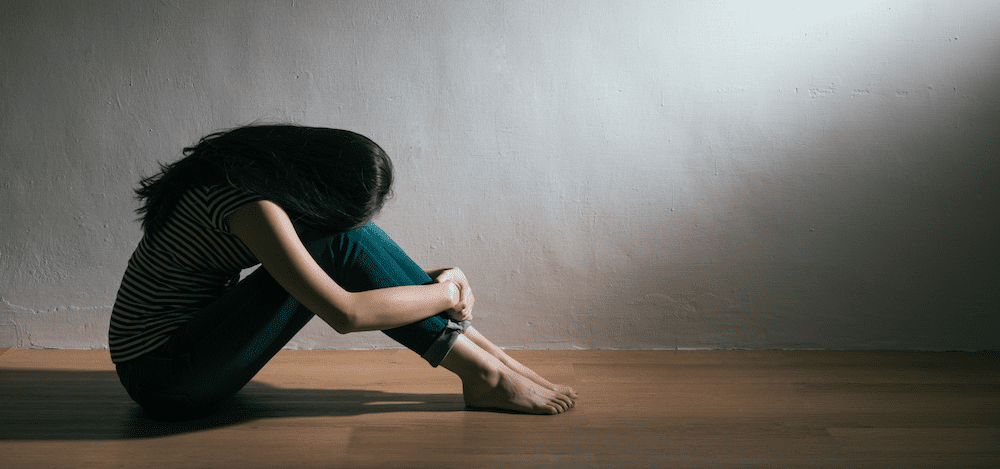Last week, NSW Attorney-General, Mark Speakman, released the first draft of the Crimes Legislation Amendment (Coercive Control) Bill 2022, or the Exposure Draft Bill, which is a new law that officially recognises coercive behaviour as an illegal form of abuse.
The NSW Government announced plans to outlaw coercive control after a parliamentary inquiry in February of last year found that existing laws in NSW did not adequately cover controlling behaviour, with at least 29 preventable murders of women and children occurring in 2020 alone.
The draft bill proposes people convicted of coercive control in intimate partner relationships be jailed for up to seven years.
What is coercive control?
Coercive control is a pattern of abuse that cumulatively has the effect of denying victims their autonomy. The abuse can include physical, sexual, psychological and financial abuse.
Common examples of controlling and coercive behaviour include:
- Dictating aspects of your everyday life, such as where you can go, where you can work or what you can wear
- Tracking your movements using online software
- Isolating you from friends and loved ones
- Controlling your finances
- Preventing you from accessing support services, including medical or psychology services
- Threatening or intimidating you
- Repeatedly degrading you and telling you that you’re worthless
What is included in the Bill?
The Exposure Draft Bill proposes amendments to the Crimes Act 1900 to create a new offence relating to abusive behaviour towards current and former intimate partners. It also seeks to amend the Crimes (Domestic and Personal Violence) Act 2007 to provide a new definition of domestic abuse, as NSW legislation currently does not contain a statutory definition.
The Bill outlines a stand-alone offence for coercive control. The offence can only be charged if five elements are met:
- An adult (18 years or older) must engage in a ‘course of conduct’. This means engaging in behaviour repeatedly or continuously.
- That course of conduct must be ‘abusive behaviour’. This means behaviour that involves violence, threats or intimidation and/or coercion or control of the person against who the behaviour is directed.
- A reasonable person must consider that the ‘abusive behaviour’ would, in all circumstances, be likely to cause the other person to fear that violence will be used against them, or have a serious impact on their day-to-day activities.
- The ‘abusive behaviour’ must be directed against a current or former intimate partner.
- The offender must intend their course of conduct to cause physical or mental harm, or the offender must have been reckless about whether this could happen.
The offence will carry a maximum penalty of seven years’ imprisonment.
A jury or a judge can find a person guilty of coercive control without having to find that one or more of the abusive behaviours happened ‘beyond reasonable doubt’, which is the usual criminal standard. However, they must find beyond reasonable doubt that the nature of the behaviours amounted to coercive control.
The new offence of coercive control will only apply to a person who uses abusive behaviour repeatedly or continuously against a current or former intimate partner. The offence will not apply to siblings, parents, children, other relatives or friends.
How can I help?
The NSW Government is calling on the public to provide feedback on the Exposure Draft Bill by 31 August 2022. All observations and comments will count towards making the Bill as effective as possible.
If you feel comfortable sharing your thoughts, please submit your suggested amendments to the Bill via this link.
1 in 6 Australian women and 1 in 16 men have been subjected, since the age of 15, to physical and/or sexual violence by a current or previous cohabiting partner. If you are in an abusive situation at home and require urgent support, you can call 1800RESPECT, or utilise the resources available from organisations such as White Ribbon Australia and Domestic Violence NSW.
We recognise that for any victim of domestic violence, separation is a particularly difficult process whilst you work to regain control over your life. Contact Us today to get in touch with our experienced family law lawyers. We have years of experience helping people with their family law needs throughout the Newcastle, Lake Macquarie and Hunter region.
This blog was written by Associate,
Jessica Benson
Jessica practises in the areas of Family Law, Wills & Estate Planning,
Deceased Estates and Will disputes









